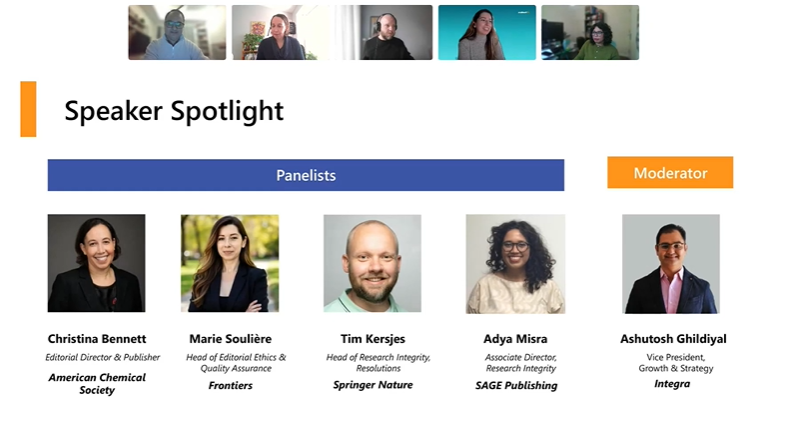Watering D&I efforts at their source: The importance of diversity in school and college education

Studies show that early childhood is the best time to emphasize the importance of equality, diversity, and inclusion to build a better society . Childhood education enables the recognition and practice of diversity for a more extended period than any adult intervention ever can.
People have wrong notions that avoiding conversations around different cultures and people will eliminate negative ideas. However, to do so is to assume that young children can see something they do not identify with as a normal aspect of living. Indeed, we understand now that bullying, education’s most prevailing feature, originates from a lack of conversation and context around diversity.
According to one study, when children are six months of age, they subconsciously start grouping individuals according to their gender and race. Moreover, at the age of five, they pick and mimic their friends’ preferences, often belonging to the same race as theirs.
By not bringing conversations on diversity to the forefront, teachers unintentionally promote stereotypes and prejudice among students. Being a silent teacher is not going to help the early education ecosystem. Instead, teachers should encourage students to share their thoughts about different cultures, ethnicities, genders, and races.
Why is introducing diversity from an early stage of life paramount?
Introducing diversity from an early age teaches children what is acceptable, and more importantly, what is not. To understand and stand up against discrimination, children must first recognize what discrimination is.
A case study highlighted that over 46% of students who (familiar with diversity and inclusion concepts) were bullied or harassed notified the school authorities about it. Eventually, they felt they received the support needed to reach a productive resolution. This positive development is in stark contrast with statistics around bullying even a generation ago.
Indeed, diversity benefits the entire community. While conversations around education and diversity often center around race, sexual orientation, and representation, the fact is that diverse thinking in these areas translates to more inclusion for children who don’t fit the norms of society.
Teachers who follow an approach that fosters inclusion and awareness around many cultures can significantly benefit students and the community at large.
How does introducing diversity and inclusion in the education system influence an entire generation?
Undoubtedly, our early education and the entire education system have a significant impact on our lives because it is in our early years that our personality takes shape. We are most likely to imbibe concepts introduced to us early in life.
An inclusive education system helps impart better education to children irrespective of their background, identity, and perceived limitations and is aimed at changing discriminatory attitudes. Moreover, it influences every child at school by providing them with the context of building their first relationship with the outside world. Let’s see how-
Fosters open-mindedness
Naturally, when students are exposed to diverse thoughts, opinions, and cultural backgrounds, we encourage them to be more open-minded in life. Thus, they are more likely to develop new ideas and significantly comprehend a topic by looking at it from the point of view that differs from their own.
Cultivates empathy
Creating personal connections and promoting awareness about different cultures in the classroom prevents children from forming preconceived opinions about others. It encourages open dialogue and empathy for conditions outside of our own. In an increasingly diverse world, this attribute is always beneficial to cultivate.
Promotes confidence
When students learn about different cultures through their education system, they feel safer and more confident about their differences. A culture of diversity also fosters inclusiveness, which means that the new student at school does not ever feel ‘different’ from their peers. As adults, this allows them to interact with many social groups comfortably and feel more confident in both themselves and others.
Makes children ready for the world
Students with a higher degree of awareness around diversity and inclusion are most likely to result in an empathetic and accepting generation. This empathy will eventually show up in workspaces and fuel D&I-aware employees and leaders in corporations.
How to successfully standardize D&I in the education curriculum
Even when stakeholders understand why diversity is essential to cultivate in the classroom and its many social and academic benefits, they may face friction in implementing it.
To ensure D&I practices are included naturally in the education system, there are a few systemic changes that need to be implemented, such as:
Analyzing the teaching material
Analyze what topics are being taught, particularly in the social science and humanities classes. Teaching materials are often limited to specific segments of people, which may make anyone not confirming these narratives feel left out. So, work with teachers to bring out diverse cultures that offer more nuanced perspectives.
Addressing current inequality
The most important base to promote diversity is by building an environment where students can discuss topics like race and gender-based discrimination without fear of ridicule. We must look at our history, accept that parts of it were not ideal, and begin to change from a space of respect. This may even mean correcting biased narratives that were once part of the curriculum.
Communicating with parents
As part of the school ecosystem, parents play a significant role in how their children perceive changes to diversity components in education. One way to achieve buy-in here is by communicating these goals to parents. Also, ask them if they have concerns or questions about the initiative and take as many perspectives into account as possible.
Bringing diversity in teacher hiring
According to US federal data from just a decade ago, there is a vast difference in hiring teachers– 81.6% are white, only 6.8% are African American. There’s no better place to begin making changes than in this area. A similar case may exist in countries or societies with many cultural and ethnic differences.
Interacting with children
Students are not a homogenous cohort, which becomes evident in high schools and colleges. Not everyone may want to share their background or socio-economic situation. This is where a diversity counselor plays a key role. When systems understand their students well, it is easy to promote diversity and address the challenges and opportunities faced by teachers.
Some challenges and opportunities that educators experience when implementing D&I
When bringing diversity to the education system, one can expect to face challenges and opportunities.
Challenges
● Communication barriers in what is being said versus what is being understood. We must bear in mind the fact that D&I is a sensitive topic.
● Resistance to change. Changing a system causes discomfort, and we may therefore encounter resistance.
● Lack of an implementation structure. Diversity is not a compliance checkbox to be ticked but a systemic change that will take many years to achieve. Those structuring the curriculum around these initiatives must be mindful of this fact.
However, each of these challenges is a unique opportunity to shape the future of an entire generation. With sound planning and stakeholder buy-in, achieving the goal of making our schools and colleges safe spaces would be a rewarding endeavor.
Recent Blogs

AI-Supported Pedagogy Has Arrived. Now Comes the Content Reckoning.



